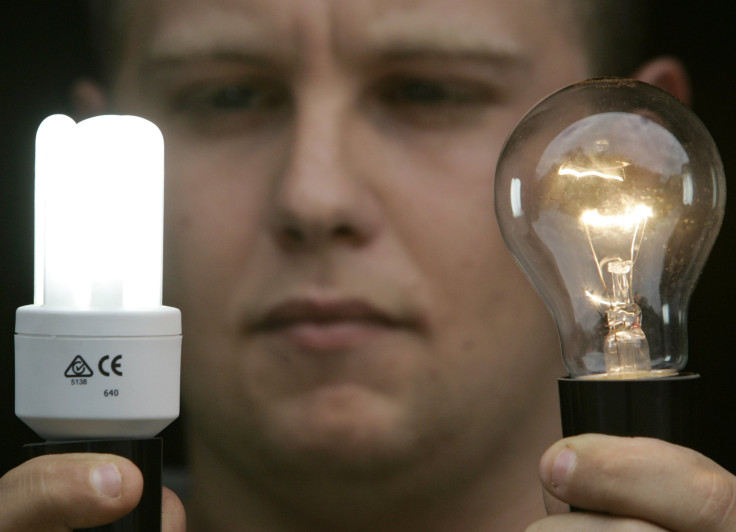Return of the incandescent bulbs: New ‘light recycling’ bulbs to potentially replace LEDs

Households could soon use incandescent light bulbs again with the development of its new form that uses its own waste heat to power itself and effectively recycle light. Researchers in the US believe the new incandescent bulb could offer more electricity savings than today's commercial fluorescent and LED bulbs.
Countries across the globe started to implement a ban on using traditional incandescent light bulbs in 2005 due to extremely low energy efficiency that failed to meet government energy-efficiency standards. Incandescent bulbs can produce extreme heat reaching nearly 2,700 degrees Celsius to emit visible light. These bulbs also produce huge amount of invisible excess radiation, such as infrared, which scientists consider as energy wasted as heat.
This excess infrared radiation covers more than 95 percent of the energy from an incandescent bulb, making it less efficient for energy saving. This led the public to replace the bulbs with more energy-efficient alternatives like fluorescent lights and LEDs in recent years.
However, an incandescent bulb more energy-efficient than its alternatives is now being developed by researchers at the Massachusetts Institute of Technology (MIT). Researchers created an incandescent bulb with a new structure that can recycle the wasted infrared radiation.
The structure, described in a study published in the journal Nature Nanotechnology, is made from a form of photonic crystal that acts as a filter and a mirror inside the bulb. The crystal captures the excess radiation and reflects it back to the emitter, where they can be reabsorbed.
It then makes the reabsorbed radiation a visible light that passes through the bulb. The new energy-recycling structure increased the efficiency of the bulb to 6.6 percent compared with between 2 to 3 percent in conventional incandescent bulbs.
“The results are quite impressive, demonstrating luminosity and power efficiencies that rival those of conventional sources including fluorescent and LED bulbs,” Alejandro Rodriguez, assistant professor of electrical engineering at Princeton University, who was not involved in the work, told MIT News. The study provides “further evidence that application of novel photonic designs to old problems can lead to potentially new devices.”
However, the MIT researchers noted that the current state of the new incandescent bulb isn't as effective yet as fluorescent lights and LEDs. However, they believe the technology could further increase the efficiency of the bulb up to 40 percent, which may lead to the return of incandescent light bulbs in the global market.




















